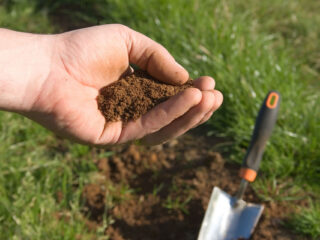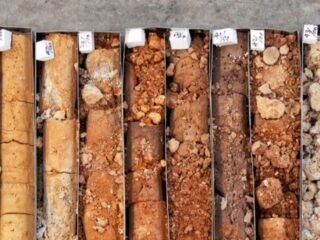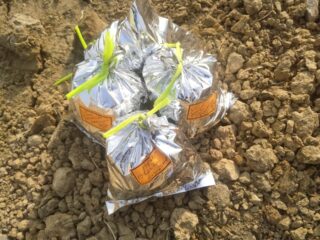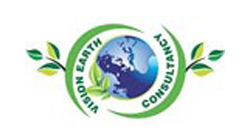Soil Analysis & Investigation
Soil testing and investigation in an environmental laboratory involve the analysis of soil samples to determine their physical, chemical, and biological properties, as well as the presence of contaminants and pollutants. This testing is essential for assessing soil quality, identifying potential environmental hazards, and informing decisions related to land use, construction, and remediation.
This typically includes analysis of parameters such as pH, nutrient content, organic matter, texture, and contaminant levels, including heavy metals, pesticides, and industrial pollutants. Advanced techniques, such as X-ray fluorescence (XRF) and inductively coupled plasma mass spectrometry (ICP-MS), may also be employed to detect and quantify specific contaminants. The results of soil testing and investigation are used to evaluate soil suitability for various purposes, assess environmental risks, and develop strategies for soil remediation and management.





